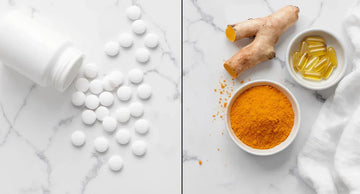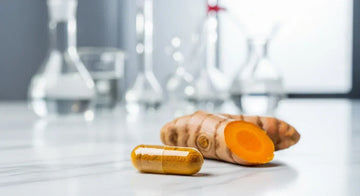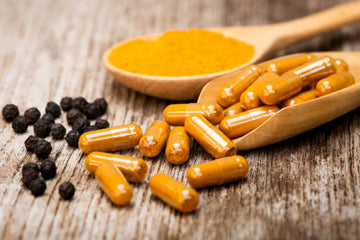Joint pain and soreness can significantly impact daily life, making even simple activities challenging. Whether it's due to arthritis, injury, or overuse, managing joint pain effectively is crucial for maintaining a good quality of life. Here are some practical tips to help alleviate joint pain and soreness.
1. Stay active with low-impact exercises
Exercise is essential for keeping joints flexible and muscles strong. However, high-impact activities can exacerbate joint pain. Instead, opt for low-impact exercises such as:
-
Walking: A gentle way to stay active without putting too much strain on your joints.
-
Swimming: The buoyancy of water supports your body, reducing stress on joints while providing a full-body workout.
-
Cycling: A great way to improve cardiovascular health and strengthen leg muscles without heavy impact.

2. Maintain a healthy weight
Excess weight puts additional strain on your joints, particularly those in the knees, hips, and lower back. By maintaining a healthy weight, you can reduce the pressure on your joints and alleviate pain. Focus on a balanced diet rich in fruits, vegetables, lean proteins, and whole grains.
3. Incorporate anti-inflammatory foods
Diet plays a significant role in managing inflammation, which is a common cause of joint pain. Include anti-inflammatory foods such as:
-
Fatty fish: Rich in omega-3 fatty acids, which help reduce inflammation. Examples include salmon, mackerel, and sardines.
-
Turmeric: Contains curcumin, a potent anti-inflammatory compound.
-
Berries: Packed with antioxidants that fight inflammation.
-
Leafy greens: Spinach, kale, and other greens provide essential nutrients and antioxidants.

4. Use hot and cold therapy
Applying heat or cold to sore joints can provide relief.
-
Heat therapy: Use a warm towel or heating pad to relax muscles and increase blood flow to the affected area. This is particularly effective for stiffness.
-
Cold therapy: Apply an ice pack wrapped in a cloth to reduce inflammation and numb sharp pain.
5. Try over-the-counter pain relievers
Nonsteroidal anti-inflammatory drugs (NSAIDs) such as ibuprofen or naproxen can help reduce inflammation and relieve pain. Acetaminophen is another option for pain relief. Always follow the dosage instructions and consult your doctor if you have any underlying health conditions.
6. Consider supplements
Certain supplements may help support joint health and reduce pain:
-
Glucosamine and chondroitin: Often used together, these supplements can help maintain cartilage and reduce arthritis symptoms.
-
Omega-3 fatty acids: Found in fish oil, these can help reduce joint stiffness and pain.
-
Turmeric: Supplements containing curcumin can help reduce inflammation and pain.

7. Practice good posture
Maintaining proper posture can reduce strain on your joints. Whether sitting, standing, or lifting, ensure your body is aligned correctly. Use ergonomic furniture and take frequent breaks to adjust your posture throughout the day.
8. Stay hydrated
Water is essential for maintaining joint lubrication and overall health. Aim to drink at least eight glasses of water a day. Staying hydrated helps keep the cartilage in your joints soft and pliable.
9. Get adequate sleep
Quality sleep is crucial for the body’s repair processes. Aim for 7-9 hours of sleep per night to allow your body to recover and reduce pain levels.

10. Consult a physical therapist
A physical therapist can design a personalized exercise and treatment plan tailored to your specific needs. They can teach you exercises to strengthen the muscles around your joints and improve your range of motion.
11. Use assistive devices
Assistive devices such as braces, splints, or canes can help support your joints and reduce pain during daily activities. Consult with a healthcare professional to determine the best device for your condition.
Managing joint pain and soreness involves a multifaceted approach that includes lifestyle changes, dietary adjustments, and sometimes medical interventions. By incorporating these tips into your routine, you can reduce pain, improve mobility, and enhance your overall quality of life. Always consult with a healthcare provider before starting any new treatment or exercise program to ensure it's safe and appropriate for your specific condition.
Reference:








